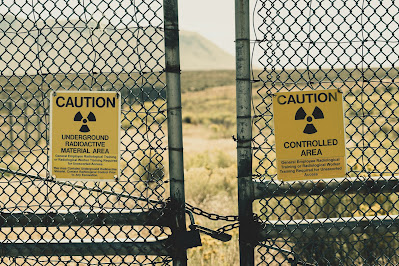Exploring Phobias: Anxiety Disorders
Phobias are a type of anxiety disorder that can cause individuals to experience extreme, irrational fear about a situation, living creature, place, or object[2]. When a person has a phobia, they will often shape their lives to avoid what they consider to be dangerous, even if the imagined threat is greater than any actual threat posed by the cause of terror[2]. In this article, we will explore the symptoms, types, causes, and treatment of phobias.
## Symptoms of Phobias
The symptoms of phobias can vary depending on the individual and the type of phobia they have. However, some common symptoms of phobias include:
- Intense fear or anxiety when exposed to the object of the phobia
- Avoidance of the object of the phobia
- Physical symptoms such as sweating, trembling, or a rapid heartbeat
- Panic attacks
- Difficulty functioning normally in everyday situations[3]
## Types of Phobias
There are three types of phobias recognized by the American Psychiatric Association (APA) [2]:
1. **Specific Phobias**: These are phobias related to a specific object or situation, such as a fear of heights or spiders.
2. **Social Phobia**: This is a phobia related to social situations, such as public speaking or meeting new people.
3. **Agoraphobia**: This is a phobia related to being in situations where escape might be difficult or help might not be available, such as being in a crowded place or traveling on public transportation.
## Causes of Phobias
The exact causes of phobias are not fully understood, but there are several factors that may contribute to their development[1]:
1. **Genetics**: Some research suggests that phobias may run in families, indicating a genetic component to their development.
2. **Environmental Factors**: Traumatic events, such as being bitten by a dog, can lead to the development of a specific phobia. Additionally, cultural and societal factors may play a role in the development of phobias.
3. **Brain Chemistry**: Imbalances in certain chemicals in the brain, such as serotonin and dopamine, may contribute to the development of phobias.
## Treatment of Phobias
There are several treatment options available for individuals with phobias, including:
1. **Cognitive Behavioral Therapy (CBT)**: This type of therapy involves identifying and changing negative thought patterns and behaviors related to the phobia.
2. **Exposure Therapy**: This involves gradually exposing the individual to the object of their phobia in a safe and controlled environment.
3. **Medication**: Antidepressants and anti-anxiety medications may be prescribed to help manage the symptoms of phobias[2].
## Conclusion
Phobias can be a debilitating condition that can significantly impact an individual's quality of life. However, with proper treatment, many individuals with phobias are able to manage their symptoms and lead fulfilling lives. If you or someone you know is struggling with a phobia, it is important to seek the help of a mental health professional.
Citations:
[1] https://edubirdie.com/examples/analytical-essay-on-phobias-symptoms-types-causes-and-treatment/
[2] https://www.medicalnewstoday.com/articles/249347
[3] https://www.mayoclinic.org/diseases-conditions/specific-phobias/symptoms-causes/syc-20355156
[4] https://www.ncbi.nlm.nih.gov/pmc/articles/PMC7233312/
[5] https://www.nimh.nih.gov/health/statistics/specific-phobia
[6] https://www.healthline.com/health/phobia-simple-specific











Comments
Post a Comment